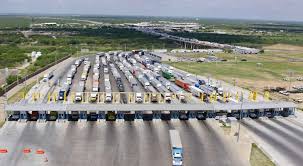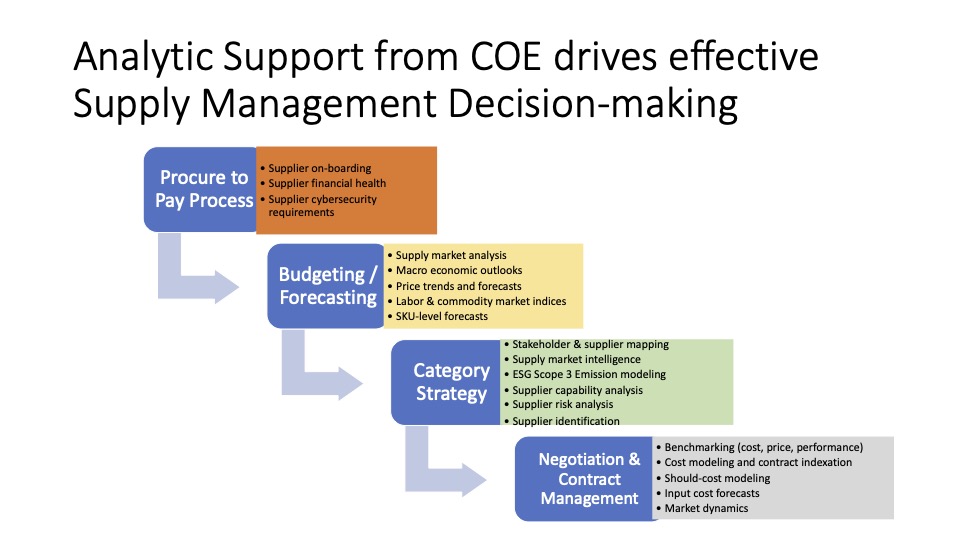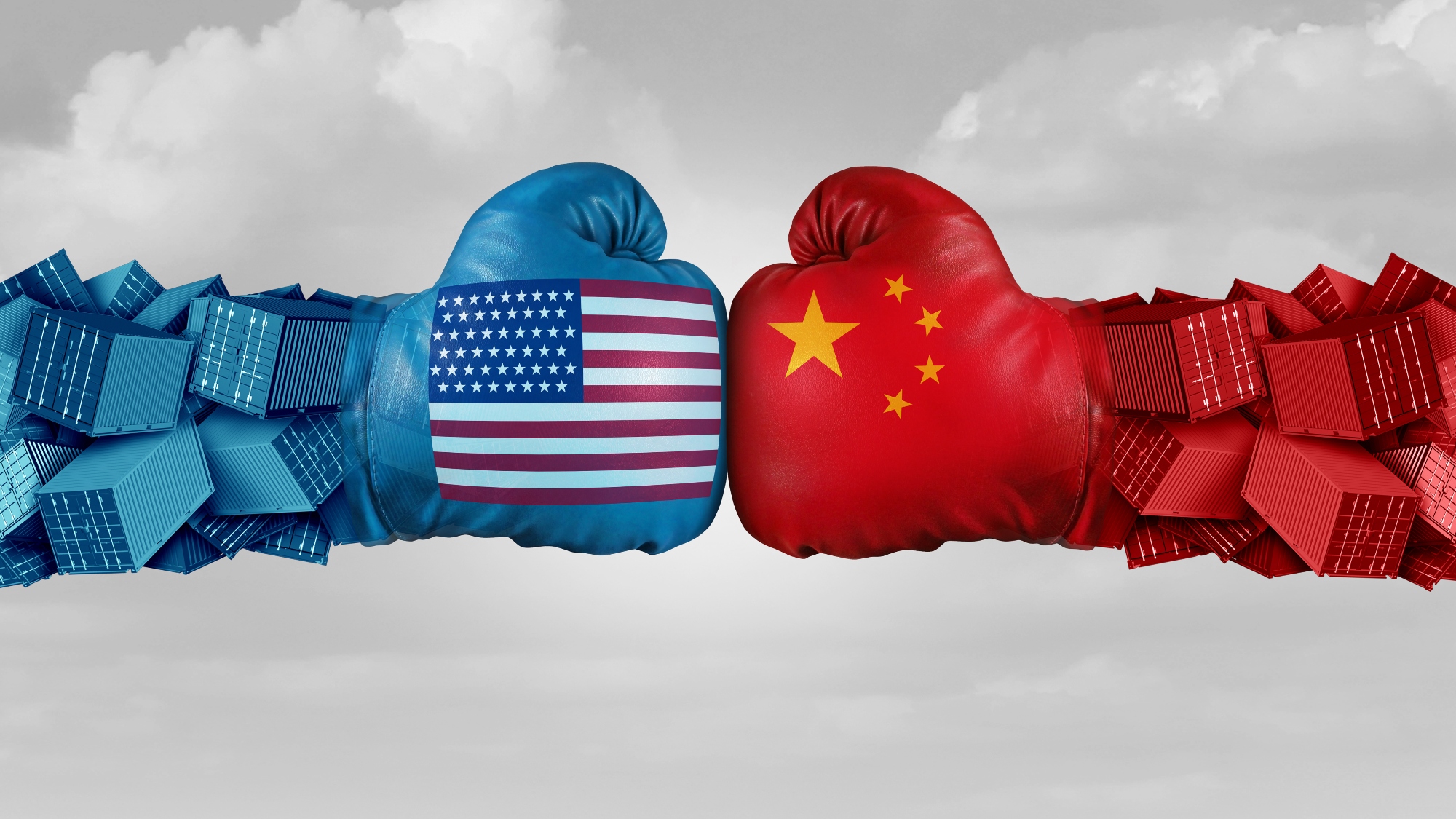Trump’s Negotiation Strategy
The last four weeks have been really chaotic for business executives, trying to understand when the impact of tariffs and new trade policies will take place, or if they are going to take place at all, and how much change will be experienced. First the USMCA Tariffs were supposed to occur last Saturday. Over the weekend, Canada announced retaliatory tariffs. But then on Monday, it was announced that U.S. tariffs on Canada and Mexico were deferred. The De Minimum exemption was eliminated, and then it was reinstated on Friday….What the heck is going on?

I’ve had the opportunity to speak with a number of executives as well as with my friend Jason Schenker, head of Prestige Economics. The discussions seemed to generally point to an interesting set of insights, that may explain the bizarre activity of the current administration, and strangely enough, why it might make sense.
The USMCA tariffs that were announced on February 1 were part of a negotiation strategy designed to yield Canadian and Mexican policy changes to aid U.S. national security and economic security goals. In short, this strategy worked.
The Wall Street Journal stated that the Trump policies are horrible economics, but great policy action. Let me be clear – these policies are NOT what most economists would choose, especially Jason. In his words, “It is equivalent to launching a nuclear missile. I have a self-destruct button that will take out the missile, and I will press it, so long as Canada and Mexico help me achieve my border objectives, including the number of Chinese transshipments that are coming across the Mexican and Canadian border. Not what I would do, but certainly effective.”
But it is also important to remember: when employing a negotiation strategy, no deal is done until it’s done, and no policy is enacted until it is enacted. Unfortunately, while this approach gives the U.S. leverage, it also makes business planning highly unpredictable for companies and global supply chains.
Current U.S. policies appear to be a response to China’s Cold War Two® geopolitical maneuvers, including its military posturing and threats to Taiwan, China’s growing alliances through BRICS, the soft power projection of the Belt and Road initiative, and goods-dumping and tariff-evading trade policies that distort global markets and undercut U.S. industry. China has flown more than 250 sorties over Taiwan in the last month, and there is no indication that this threat is going to stop.
By leveraging tariffs, the U.S. aims to counterbalance China’s economic influence and strengthen domestic supply chain resilience. The recent hold on de minimum shipments is another way that he is going after Chinese imports. Previous to this shift, the De Minimis Tax Exemption was a law that Congress passed on a bipartisan basis that allows shipments bound for American businesses and consumers valued under $800 (per person, per day) to enter the U.S. free of duty and taxes. No more. (BTW – It is interesting that the de minimus level used for packages coming into Canada is $15, not $800. This exemption has been particularly helpful for large e-commerce firms like Shein and Temu. On Friday, Trump reinstated the Exemption, mainly because the Customs and Border Patrol pushed back that they had no way of handling this level of shipment monitoring. Trump also promised that the de minimis exemption will again be eliminated after the U.S. commerce secretary establishes a system to “fully and expediently process and collect tariff revenue.”
As far as negotiation strategy goes, Trump is what can be considered a distributed negotiator, meaning that he can work across multiple countries and governments at the same time. However, each participant can communicate and bargain with others simultaneously, without relying on a central authority to mediate the deal. The second thing to remember is that Trump is highly transactional and will do whatever it takes to make his threats credible. This is probably not a great way to handle our allies, and not the way I would do it – but this is the President we got in the election, and we have to follow his lead.
Jason also raised another important point: it is clear that the goal behind using U.S. tariff threats is to yield concessions from trade partners to improve U.S. economic security and national security.
Meanwhile, Elon Musk is also using his familiar playbook with the federal government. Both he and Trump are applying the long-standing idea of “zero based budgeting” — taking all spending to zero and then rebuilding from scratch — to the federal government for the first time. The moves are also characteristic of Musk’s boundary-pushing management style. When he took over Twitter, he fired more than 75 percent of the staff. However, this approach has not been shown to be successful as a general management strategy. Just ask Kraft-Heinz, whose share price dropped 20% after implementing zero-based budgeting.
Jason also points out that the Trump Administration is essentially employing game theory, in playing with the calculus of his opponents and pushing their trade partners to recalculate their policies. A lot of what he is asking from Canada and Mexico is, in the minds of many people, not unreasonable. The process by which he is trying to get to the goals is very heavy handed. But this is why Mexico and Canada are coming around, and in fact, have dedicated billions of dollars to securing the border. And although fentanyl is one of the elements in the equation, the real reason for increasing border security is preventing Chinese transshipments across borders that is done to evade taxes and tariffs. For instance, last year there twice as many forklifts came from Canada as were produced – which suggests Chinese tax evasion. The same can be said for Mexico which has record numbers of shipments from China going into the US.
Many of these requirements could have been negotiated in the “Sunset Clause” of the USMCA, which takes place in 2026. The Trump Administration doesn’t want to wait that long. If the negotiation takes place in 2026, then it probably would not be implemented until 2028. Trump wants change to occur now, not three years into the future. He
For the same reason Trump is going after foreign aid – the US is giving funds to many countries and getting nothing but negative regard for the US in return. Trump wants to see what happens if we stop giving them money and will expect countries to be willing to work for it. It is very tough to get concessions to countries while giving them piles of money. But if you cut these funds, you now are employing a highly effective negotiation strategy, because you suddenly have leverage. The more this strategy works the more he will do it. And he is having success doing it, so expect more of it in the future.
Jason’s statement is that “We expect that as long as Canada and Mexico are making progress to support US economic security and tariffs may be postponed and may not materialize.”
For now, the most significant economic and business risks stem from planning difficulty and business uncertainty against a backdrop of trade wars and geopolitical risks. So get used to it, at least for the foreseeable future.


